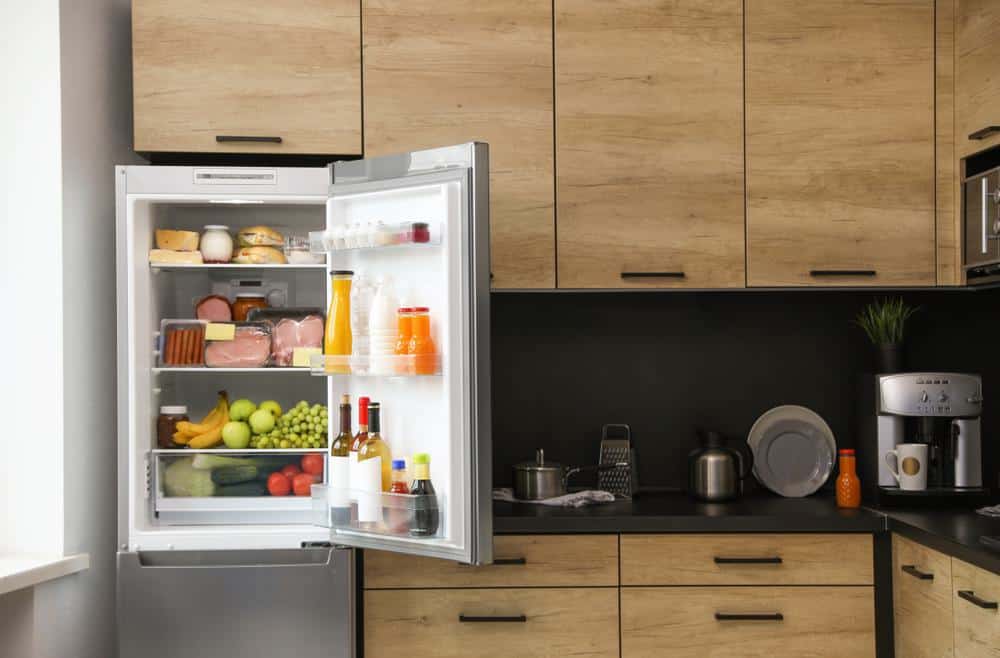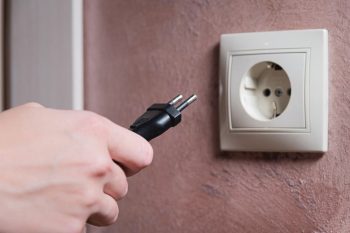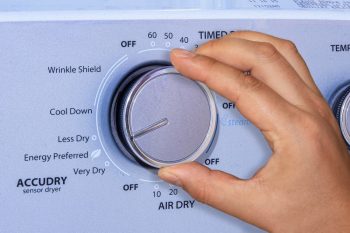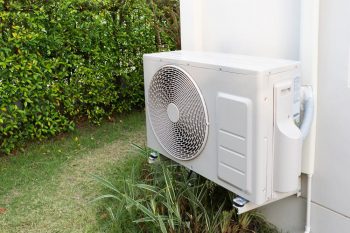
Adding a ceiling fan to an existing light fixture is a great way to improve airflow and add a stylish touch to any room. However, the process can seem a bit intimidating if you’re new to DIY electrical projects. This comprehensive guide will walk you through the process step-by-step, providing useful tips and precautions to ensure a successful installation.
Adding a ceiling fan to an existing light involves removing the current light fixture, checking the electrical box’s suitability, assembling and installing the new ceiling fan, and connecting the fan’s wires to the existing wiring in the ceiling. Once installed, power is restored and the fan and light are tested for functionality. It’s crucial to follow safety precautions when dealing with electricity, and if the process feels overwhelming, it’s best to hire a professional electrician.
Why Add a Ceiling Fan to an Existing Light?
Ceiling fans are both functional and decorative. They provide improved air circulation, which can reduce energy costs by supplementing your heating and cooling systems. Plus, many modern fans come with built-in lights, so you can replace an existing light fixture without losing any overhead lighting.
What You’ll Need for the Installation
Before you begin, gather all necessary tools and materials. You’ll typically need:
- A new ceiling fan (with a light kit, if desired)
- A ladder
- Screwdrivers (both flathead and Phillips)
- Wire cutters
- Wire strippers
- A voltage tester
- Electrical tape
- Wire connectors (wire nuts)
- A fan-rated electrical box (if the existing box is not fan-rated)
Safety Precautions
Safety is paramount when working with electricity. Before starting, turn off the power at the main breaker panel and leave a note to prevent anyone from accidentally restoring power during the installation. Use a voltage tester to confirm the power is off before touching any wires. Always follow the manufacturer’s instructions and consult an electrician if you are not comfortable working with electricity.
Removing the Existing Light Fixture
Begin by removing the existing light fixture. Unscrew or unhook any glass shades or bowls from the fixture to expose the mounting hardware. Unscrew or unbolt the mounting hardware that holds the fixture to the ceiling. Then, carefully disconnect the wires by unscrewing the wire connectors and separating the fixture wiring from the ceiling wiring.
Checking the Electrical Box
The electrical box in the ceiling must be rated for ceiling fan use to support the weight and vibration of the fan. If the existing box is not fan-rated, you will need to replace it with one that is.
Installing the Ceiling Fan
Follow the manufacturer’s instructions to assemble the ceiling fan. Attach the fan bracket to the electrical box, ensuring it is securely fastened. Then, lift the fan assembly and hang it on the fan bracket.
Connect the wires from the fan to the corresponding wires in the electrical box. Usually, you’ll connect white to white, black to black, and green to green or bare copper. If the fan has a light, there may be an additional wire to connect.
Once the wiring is complete, raise the canopy up to the ceiling and secure it to the fan bracket. Finally, install the light kit (if your fan has one) according to the manufacturer’s instructions.
Testing the Ceiling Fan
Turn the power back on at the main breaker panel and test the fan and light to ensure they are functioning correctly. If the fan wobbles, it may need to be balanced using a fan balancing kit, which can be purchased at most home improvement stores.
Troubleshooting Common Problems
If you encounter any issues after installation, refer to the troubleshooting guide in the manufacturer’s instructions. Common problems include the fan not working (check the wiring and power source), the fan wobbling (check for loose screws and balance the fan), or the light not working (check the bulb wattage and wiring).
Conclusion
Adding a ceiling fan to an existing light can be a rewarding DIY project that improves the comfort and style of your space. By following these steps and precautions, you can safely and successfully install a ceiling fan in your home. Remember, if you’re ever unsure or uncomfortable with any part of the process, it’s always best to consult a professional electrician. Happy DIY-ing!
Frequently Asked Questions
What type of ceiling fan should I choose?
The type of ceiling fan you choose depends on your personal preferences and the size of your room. For small rooms, a fan with a diameter of 29 to 36 inches is typically sufficient. For medium-sized rooms, a fan with a diameter of 37 to 44 inches is a good choice. For large rooms, look for a fan with a diameter of 52 inches or more. You can also choose between fans with or without lights, and fans with different numbers of blades.
Can I install a ceiling fan without a light?
Yes, you can install a ceiling fan without a light. The installation process will be the same, except you will not need to connect any wires for a light.
What if my ceiling is sloped or vaulted?
If your ceiling is sloped or vaulted, you can still install a ceiling fan. You will need a special mounting bracket, often called an angled mount or sloped ceiling adapter.
How high should my ceiling fan be from the floor?
The American Lighting Association recommends that ceiling fans be hung at least 7 feet above the floor. If your ceiling is higher than 9 feet, you should consider using a downrod to lower the fan to the recommended height.
How do I know if my electrical box is fan-rated?
A fan-rated box will typically be labeled as such. It is designed to support the weight and vibration of a ceiling fan. If your box is not labeled or if you’re unsure, it’s best to replace it with a fan-rated box to ensure safety.












